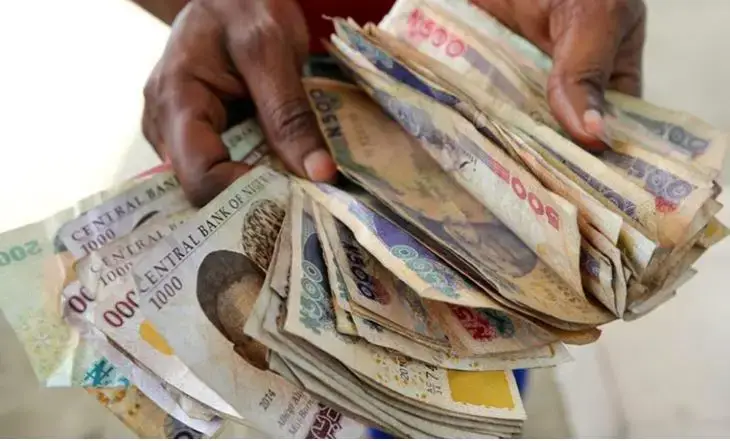Kenya has officially become the largest importer of second-hand clothing in Africa, reinforcing its position as a major destination for used apparel while its domestic textile industry continues to decline.
According to trade data compiled by the United States-based Massachusetts Institute of Technology (MIT), Kenya imported second-hand clothing and textiles worth Sh38.5 billion ($298 million) in 2023.
This figure surpasses Nigeria, which ranked fourth, and solidifies Kenya’s dominance in the mitumba trade, the Kiswahili term for second-hand clothing.
The 2023 imports mark a 12.45 per cent increase from Sh34.28 billion ($265 million) in 2022, reflecting the growing demand for affordable garments as shipments of used clothing flood the Kenyan market.
Ghana followed as the second-largest importer of second-hand clothes, bringing in Sh30.4 billion worth of goods. South Africa ranked third with Sh29.4 billion, while Uganda and Nigeria recorded Sh27.2 billion and Sh27 billion in imports, respectively.
Kenyan mitumba traders import a wide range of second-hand garments, including shirts, dresses, trousers, jackets, underwear, and shoes. Other used textiles, such as bedding, towels, curtains, fabric scraps, and industrial rags, also make their way into the country.
“I think we have not been intentional about growing the textile sector,” said Tobias Alando, Chief Executive Officer of the Kenya Association of Manufacturers.
A deeper analysis by MIT’s Observatory of Economic Complexity shows that in 2022, Kenya’s second-hand clothing imports were nearly on par with Nigeria’s at Sh34.5 billion ($265 million), while South Africa followed closely at Sh33.76 billion ($261 million).
Interestingly, South Africa was the top importer of used clothes and textiles in 2021, despite having strict regulations that limit such imports to specific uses, such as manufacturing industrial wiping rags or donations to registered charities.
Despite Nigeria’s official ban on second-hand clothing imports, reports suggest that a significant amount still enters the country illegally through smuggling networks operating across its borders.
Kenyan trade officials, speaking anonymously, indicated that a substantial portion of mitumba imports into the country could be passing through Kenya to neighbouring nations. “They are crossing the borders,” one official remarked.
Kenya’s heavy reliance on the African Growth and Opportunity Act (AGOA), a trade policy granting duty-free access to the US market, further complicates the situation. To maintain AGOA privileges, especially in the textile sector, Kenya must allow the importation of mitumba, a significant portion of which originates from the United States.
As Kenya continues to dominate Africa’s second-hand clothing market, the challenge remains whether the country can strike a balance between the booming mitumba trade and efforts to revive its struggling textile industry.











